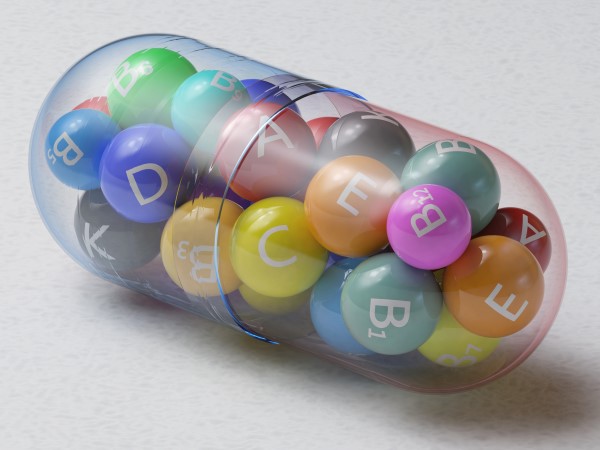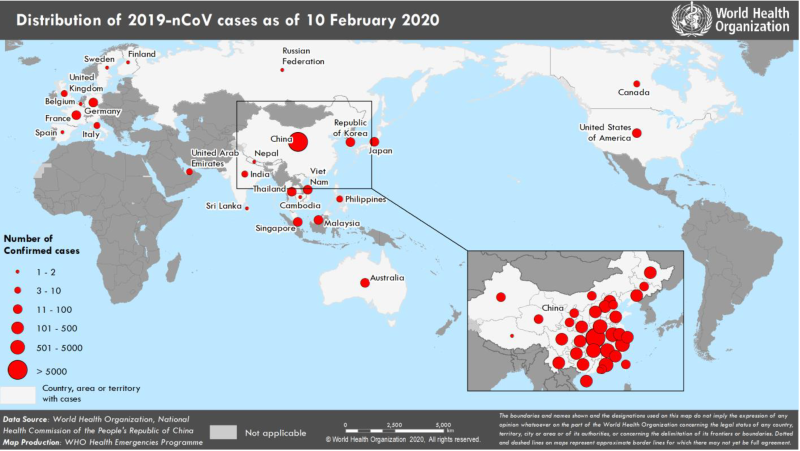Browsing: Clinical







Ultrasound in the emergency department can reveal the echogenicity of the renal pyramids in Medullary Sponge Kidney. Despite previous episodes and presentations, it is often undiagnosed or overlooked
A Q&A with a tactical medicine pioneer, Dr. John Wipfler III.
The key concern in the ED is if there is a way to risk stratify patients for AD and, if so, is there a test with high enough sensitivity and negative likelihood ratio to rule it out.


